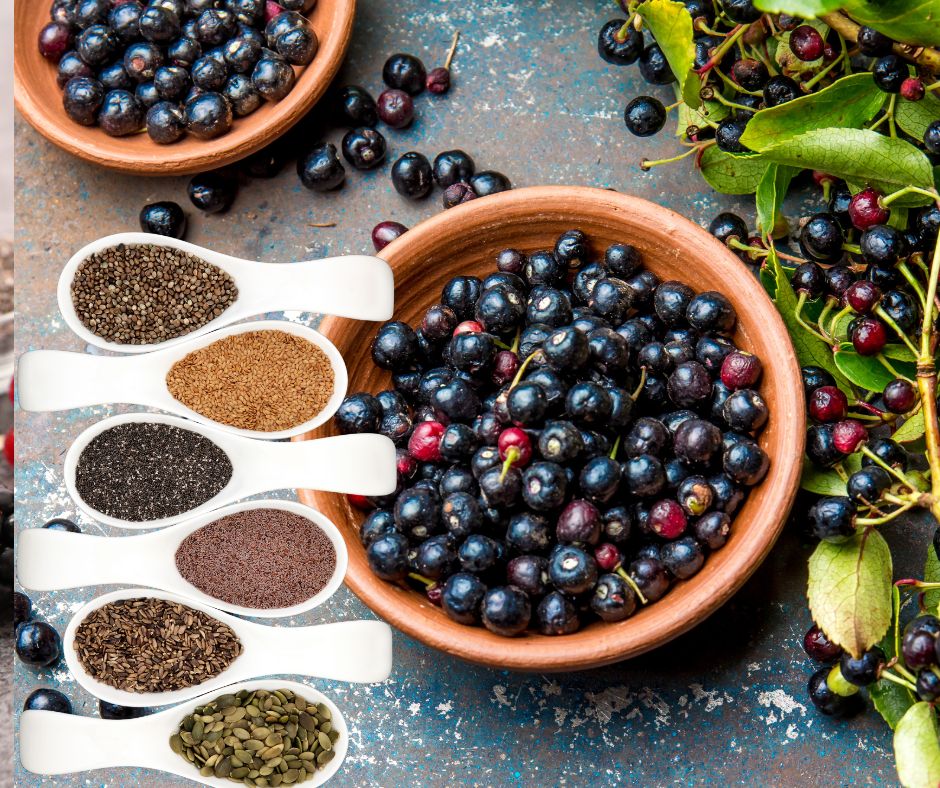Are Superfood Powders Worth It? Pros, Cons, and Best Picks

Superfoods are known for their rich nutrient content and powerful health benefits. But in today’s busy world, many people turn to superfood powders as a quick and convenient alternative to fresh produce. These powders claim to deliver concentrated vitamins, minerals, antioxidants, and phytonutrients in just one scoop. But are they truly effective? In this article, we’ll explore whether superfood powders are worth it, their pros and cons, and the best options available for your health goals.
What Are Superfood Powders?
Superfood powders are dietary supplements made from dried and ground nutrient-dense foods like spirulina, chlorella, wheatgrass, matcha, kale, berries, and turmeric. They are often marketed as an easy way to boost energy, immunity, and overall wellness.
- Common types include: green powders, berry blends, protein-enhanced superfoods, and antioxidant mixes.
The Pros of Superfood Powders
- Convenience
Superfood powders are easy to store, transport, and use. Perfect for busy lifestyles, they can be added to smoothies, water, or yogurt. - Nutrient Density
Powders often contain concentrated forms of vitamins, minerals, and antioxidants that can fill nutritional gaps in your diet. - Variety in One Scoop
Many blends include 20–30 different superfoods, offering a wide range of nutrients in a single serving. - Shelf Life
Unlike fresh produce, superfood powders last longer and reduce food waste. - Digestive Support
Many powders contain probiotics, enzymes, and fiber, which support gut health and immunity.
The Cons of Superfood Powders
- Not a Replacement for Whole Foods
Fresh fruits and vegetables provide water, fiber, and natural enzymes that powders can’t fully replicate. - Processing May Reduce Nutrients
Heat and drying methods can decrease the potency of some vitamins and antioxidants. - Cost
High-quality superfood powders are often expensive, especially if used daily. - Taste and Texture
Some powders have an earthy or bitter flavor, which may not appeal to everyone. - Quality Varies
Not all powders are created equal—some contain fillers, added sugars, or low-quality ingredients.
Are Superfood Powders Effective?
Research suggests that while powders provide nutrients, they should be seen as a supplement, not a replacement. They are most effective when combined with a balanced diet rich in whole foods.
- Best use cases:
- For people with limited access to fresh produce.
- As a quick nutrition boost in busy schedules.
- For additional antioxidants, probiotics, or greens in your diet.
Best Picks: Popular and Trusted Superfood Powders
- Athletic Greens (AG1) – Comprehensive blend with vitamins, probiotics, and adaptogens.
- Organifi Green Juice – Organic greens with mint flavor, good for detox support.
- Amazing Grass Greens Blend – Affordable, simple, and nutrient-rich.
- Garden of Life Raw Organic Perfect Food – Raw greens and probiotics for gut health.
- Navitas Organics Superfood Mixes – Simple single-ingredient powders like cacao, maca, or chia.
Tips for Choosing a Quality Superfood Powder
- Look for organic, non-GMO, and third-party tested labels.
- Avoid products with added sugars, artificial flavors, or preservatives.
- Read ingredient lists carefully—simpler is often better.
- Start with small servings to test taste and tolerance.
Conclusion
So, are superfood powders worth it? The answer depends on your lifestyle and health needs. They are a convenient way to supplement your diet with extra nutrients, but they should never replace whole foods like fruits, vegetables, and lean proteins. If chosen wisely, superfood powders can be a powerful addition to a balanced diet.
For a complete breakdown of natural alternatives, explore our Ultimate Guide to Superfoods and learn how to integrate whole superfoods into your daily meals.




